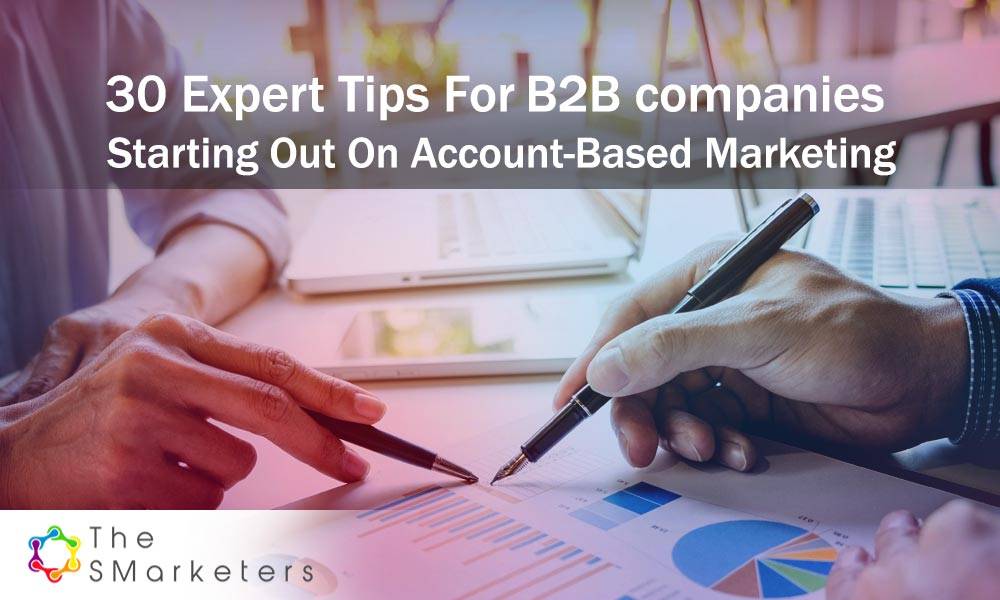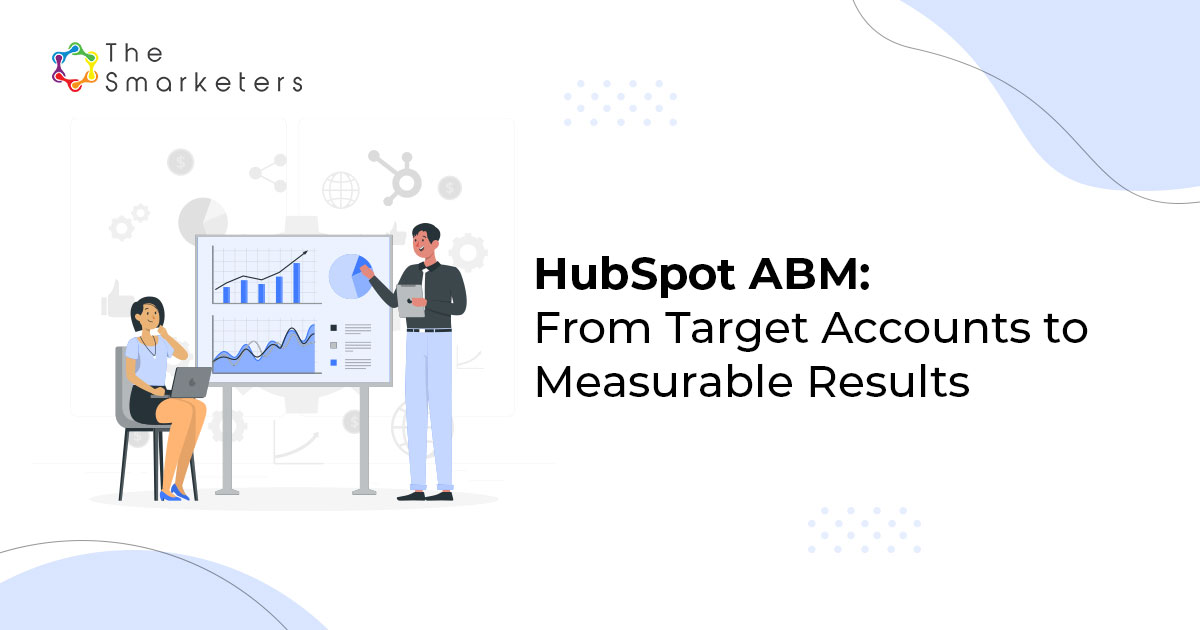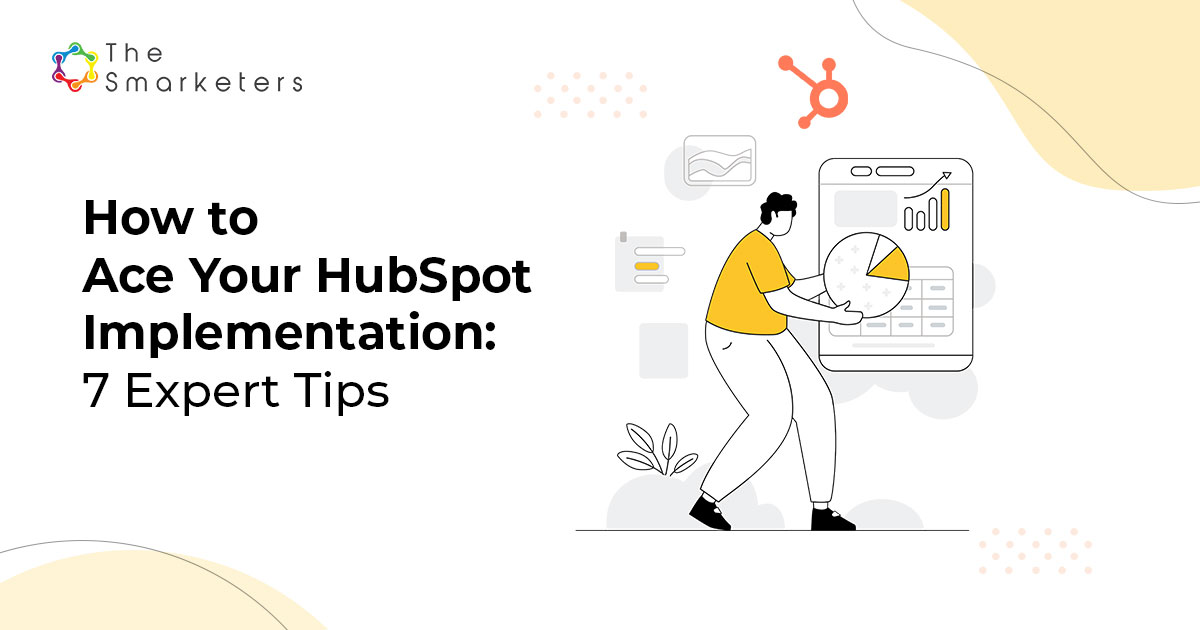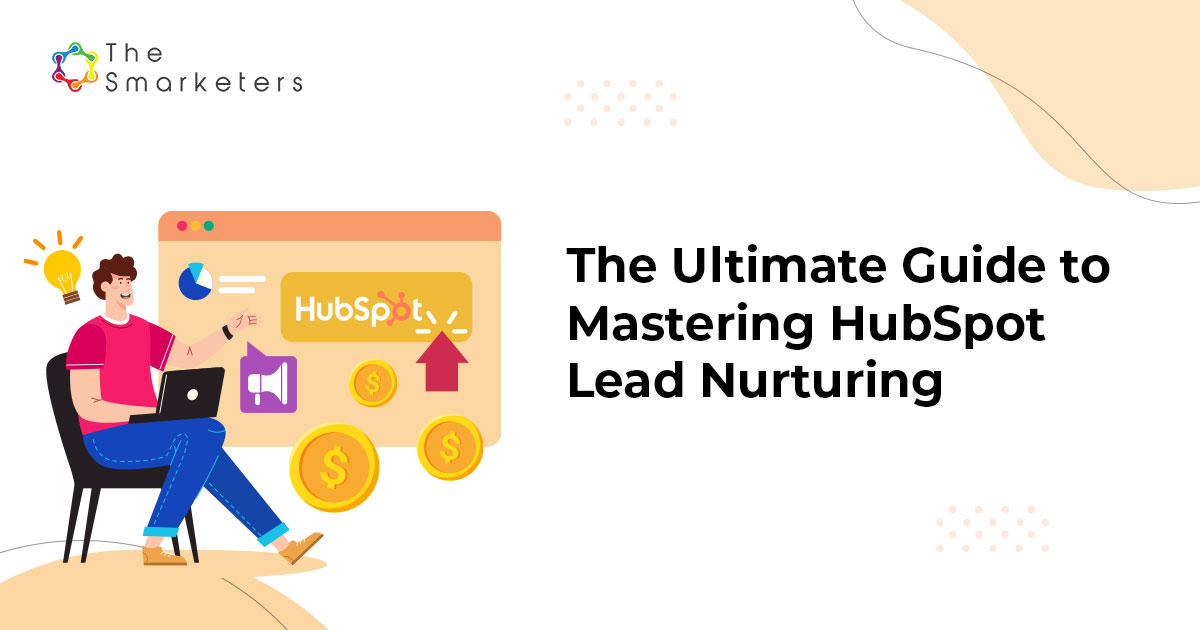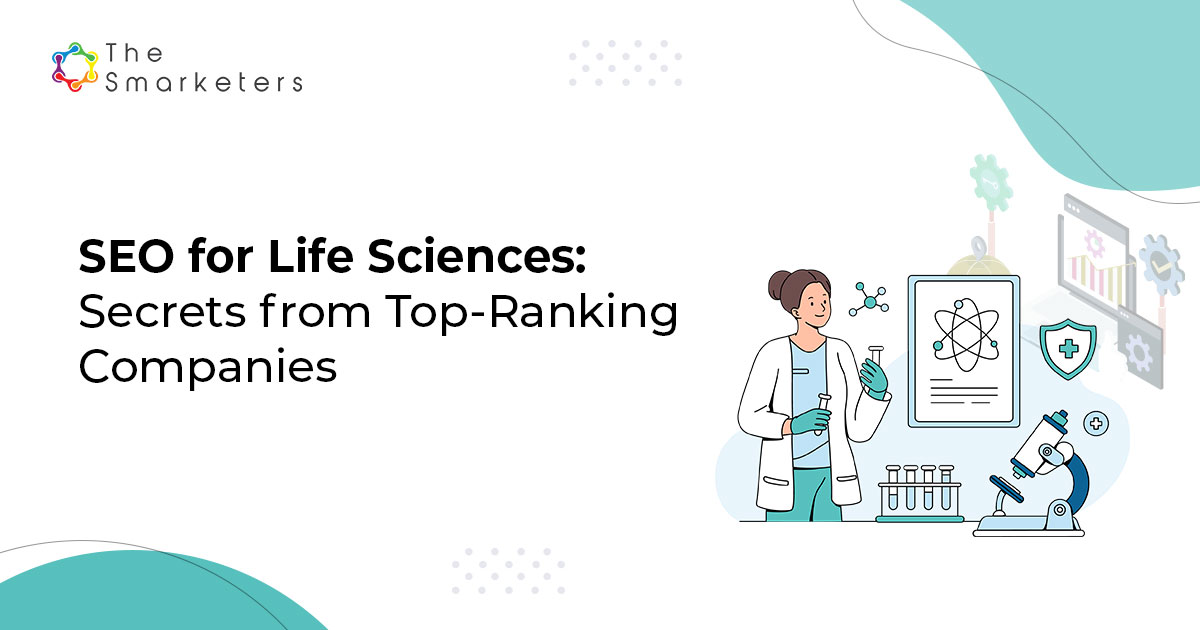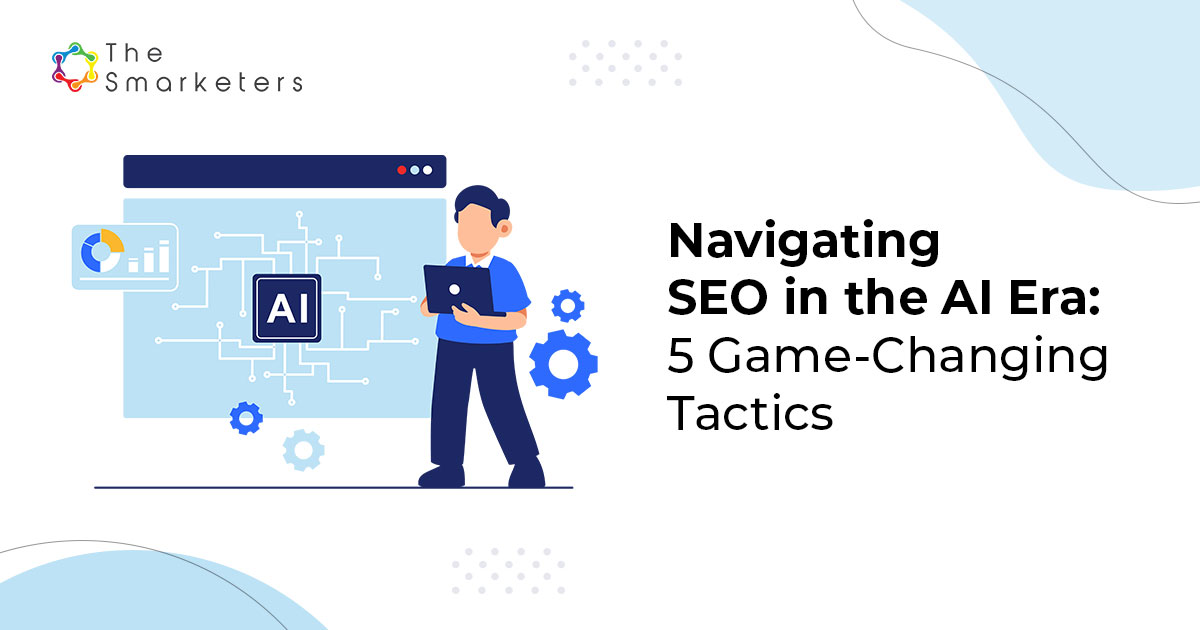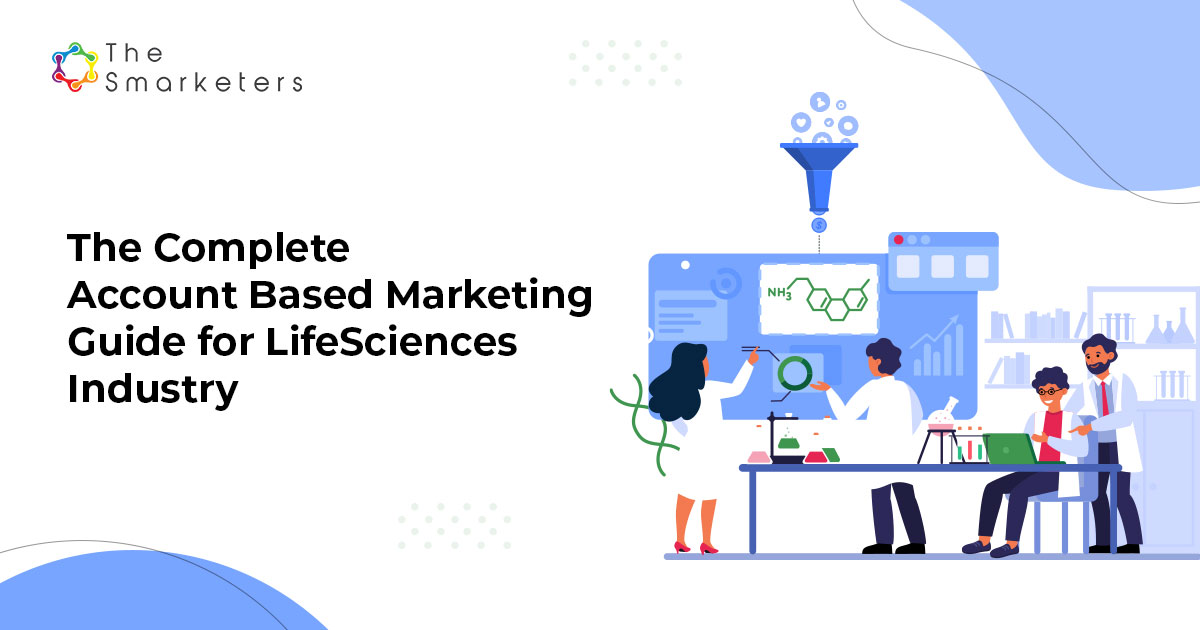Statista reports that the total size of the SaaS market has increased exponentially. From $105 billion in 2017 to a whopping $116 billion in 2018, the industry is expected to reach $132 billion by 2020.
But the numbers also indicate the rising competition for businesses in SaaS.
It is becoming increasingly difficult for SaaS marketers to get take their products to the right market. Right from creating awareness around the product, educating the potential customers, generating leads and converting them, everything is a challenge in an ever-growing industry.
That’s why in this article, we’ve put together a roundup of strategies for SaaS businesses. Use them to ramp up your brand awareness campaigns or lead generation efforts!
SaaS marketing strategies – tried and tested for you!
1. Content marketing
According to Content Marketing Institute, 91% of B2B marketers are using content to attract visitors to their website and generate leads. The survey also noticed that the top three goals cited by these marketers were to create brand awareness, educate their audience and build credibility/ trust in their target market.
But, with practically every SaaS company creating content, how does a marketer ensure their content is not lost in the noise?
Create content that their target market is actually looking for. But it’s more important to create content that adds value to their buying journey through all the stages – awareness, consideration, decision, retention and advocacy.
A few good practices that we follow to create a high-converting content marketing strategy include:
- Preparing a list of keywords that the target audience might enter when they are searching for a solution. Remember to refine the list as much as possible to address specific queries relevant to your niche.
- Create blogs, ebooks, white papers, social media posts and more to address the queries and raise awareness of your software and build an authoritative name in the domain. Remember to create content that is personalized for every segment of your target market.
- Focus on educating your existing and potential customers by showing them how your software solves one of their challenges. Work on webinars, podcasts and expert consultations to encourage interaction.
- Look into competitor comparison sheets, and set up case studies and testimonials for sales enablement as well as to help the customer make an informed purchase.
- Use product explainer videos to help prospects and leads understand your product better or get a sneak peek into its use cases. You can use these videos on your website, in your onboarding process, through email and even on YouTube to boost your SEO.
2. Search engine optimization (SEO)
SEO is still one of the most effective and long-lasting marketing strategies for SaaS businesses. It’s how you make your content discoverable within platforms where target customers are searching for solutions. But, SEO does not just mean sprinkling a few keywords across your website and your content. You need to tackle the search engine in two ways:
- On-page SEO: You need to create content – on your site and on your blog, that people would want to read, share and link to. But you should also be keeping in mind that using the right keywords for your content in their titles, descriptions and URL is equally important. The more content and web pages you have that are optimized for the right keywords, the more search traffic you drive in.
- Off-page SEO: Building high-quality links from trusted and authoritative sites that your target customers refer to or visit frequently. The content you share on social media is also important for this.
3. Product trials or free plans
Most SaaS products are sold on a subscription model. For this, the customer has to commit to at least a month of using the product before committing to pay for it. That’s the very reason most customers take longer to make this decision or first compare the product to the other solutions available in the market.
The best way to convert these hesitant shoppers is by offering product trials. This lets the customer take your product for a spin, interact with its interface, understand its offering and benefits, and then convert to your paid plans. It is one of the most effective SaaS marketing strategies for lead generation. When customers know that all they need to do is share their email address with a company to try a product, they are more likely to engage.
Some SaaS companies refer to the product trial as a free plan in their subscription model. In the plan, they basically let the customer try some of their features, keeping others available but locked away. This lets the customer see the impact and use of the basic features, and then convert to a plan to access the rest of the product’s features as per their need.
A few things you need to have in place to make the strategy work for you are:
- Onboarding sequence for the leads
- A great in-product experience
- Readily available support
- Clear communication of what’s in the product trial/ free plan
4. Referral marketing
According to a study by Heinz Marketing, referrals are one of the easiest and fastest ways for a SaaS business to generate leads. The reason is that B2B customers trust recommendations from businesses with similar needs more than ads from the product itself.
But for a referral marketing strategies program to be successful, you need to ensure that your program clearly states a few things:
- What a successful referral is (the ideal customer you’d want for your business)
- What the customer gains by giving you a referral
One of the best examples of SaaS referral marketing done right is Dropbox. The SaaS product grew 3900% with a simple referral program – “Invite your friends and get more space on Dropbox for every successful signup.”
5. Google AdWords
Content marketing and SEO can help you rank on search engine results. But if a company is running ads on the same keywords, there’s a high chance you’re losing potential leads to them. In fact, Wordstream found that despite finding content more informative, millions of people still click on search engine ads every day.
Setting up a PPC campaign helps you drive targeted traffic to your website for a set of keywords. You can also set up multiple campaigns at a time and increase or decrease the budgets on them as per their performance, and the quality of the leads they generate.
But, to ensure a good ROI on your PPC campaigns, you need to choose the right set of keywords – closest to what your SaaS product offers, and how potential customers are searching for it.
You must create a few campaigns on high volume keywords, but don’t miss out on specific searches that long-tail keywords might bring you!
6. Co-marketing
Another quick way for a SaaS business to reach its target market is co-marketing with a product in the same industry. This is also a tactic that gets you direct access to a qualified audience that is closer to the ideal customer persona you’ve defined for the brand.
Typically, co-marketing involves creating content pieces together, swapping guest posts, featuring each other in weekly newsletters, hosting a webinar and giving shoutouts on social media. The tactic works around ‘recommending’ each other’s offerings to customer bases that are more likely to trust the recommendation.
But for co-marketing to really work for you, you need to:
- Ensure you’re choosing a partner with a user base closer to your target persona
- Choose the right co-marketing tasks based on the reach and availability of resources
- Create specific timelines for each of the co-marketing activities
- Track the impact of each co-marketing task you complete with the partner
7. Account-based marketing
Another tactic that has helped SaaS businesses grow in a targeted manner, is account-based marketing.
Account-based marketing is basically a tactic where an organization considers and communicates with individual prospects or customer accounts as a market of one. So instead of targeting a wider market, you’re focusing on creating each marketing and sales collateral to address one account’s needs.
Over 96% of B2B marketers leveraging account-based marketing have reported an increase in sales closure rations.
Here’s how an account-based marketing strategies really works:
If you’re new to account-based marketing, don’t forget to read our posts on:
8. Retargeting
All the above SaaS marketing tactics are sure to drive traffic to your site. These are customers that are interested in knowing more about your product or simply want to explore what it has to offer for one of their current or future needs.
So if someone has visited your site, signed up for a free trial, downloaded an ebook, asked for a consultation or contacted you on chat, remember to retarget them with nurturing ad campaigns.
The tactic is similar to what you see most eCommerce businesses doing. You visit a store, and browse through a few products but leave without making a purchase. The store then retargets you with an ad promoting a special deal on the same product, nudging you to make the purchase right away.
Using retargeting or remarketing can help increase conversions and also bring down your cost per customer acquisition drastically. Since you’re now targeting customers who know what your product has to offer.
Every business is different. A strategy that works wonders for one, might not generate as many leads for the other.
So start with one strategy, track its performance, test another and make comparisons, and then optimize your overall SaaS marketing strategies for the best results!


